Sanjhi paper cutting is the traditional craft practiced in the region of Mathura-Vrindavan. The art of sanjhi gained momentum during the bhakti movement in the 15th – 16th century when it came to be used in the Vaishnava temples of the region.
The word Sanjhi is derived from the word saaj, saja or sajavat, all of which mean decoration. Alternatively, it also means sanjha or evening, which is the time when Sanjhi is traditionally made.

(Image Source: Sanjhi artist Ashutosh)
The craft of Sanjhi originated as a folk art form practiced by the unmarried girls for a good husband and children. The folk tradition involves the creation of Sanjhi on the walls using stones and mirrors on a cow dung base. The prayer is offered to Sanjhi devi, the daughter of Brahma for granting of these boons. According to Shrimadbhagvatam, it was Radha who had started the practice of creating sanjhi on the walls of her house to please Krishna. Hence, it became part of an ancient folk custom in the region. Eventually with the rise of Vallabhacharya sect and the growth of Bhakti movement in North India in the 15th an 16th century, the craft came to be associated with Vaishnavas in the form of temple traditions. It takes it roots back to the divine relationship of Radha-Krishna. Hence, the two traditions of Sanjhi are folk tradition and temple tradition.

(Srinathji Sanjhi. Image Source: Sanjhi artist Ashutosh)
The temple tradition involves preparing a sanjhi on a raised platform made of mud and cow dung. This platform is called a vedi. The sanjhi is prepared using the sanjhi paper cuttings in an overlapping manner to give depth to the images. The sanjhi is prepared during the pitra paksha in the month of Ashwin (September- October). The motifs used here include floral and vegetative arrangements and Krishna leela. Another unique method of creating temple sanjhi is on still water. This is called Jal Sanjhi. It is a highly skilled art form in which a large utensil is filled with water and the Sanjhi is prepared using powered stone colours, which float above water. The earliest reference for this comes from the Mahabharata, when the Pandavas had created the new city of Indraprastha. They had invited artists from across the region and it was there that an artist had prepared a Jal Sanjhi on a pool of water in which Duryodhana fell.

(Image source: Jal sanjhi Image courtesy: Antimakhanna.com)
The size of the Sanjhi depends on the theme and its shape can be octagonal, circular, square or rectangular. The most common of these shapes is the octagonal Sanjhi which refers to the eight-petal lotus.
Motifs
The motifs used in sanjhi revolve around the stories of Krishna up until his departure from Vrindavan. Hence, the scenes depicted are from Vrindavan and include peacocks, monkeys, cows, kadamba trees, and the river Yamuna. The sanjhi also have creepers and floral borders. Later it came to include the motifs inspired from the Mughal patterns such as jali work, and the Persian way of depicting animals and flowers.

(Image Source: Sanjhi artist Ashutosh)
The process of preparing sanjhi involves a lot of precision, even though the only tools used in the process is a pair of scissors. Traditionally, no sketch was prepared for the Sanjhi cuttings and it was prepared based on the thought process and feelings of the artist himself. The creation of sanjhi is an expression of love and devotion to the almighty. Today, the Sanjhi artists are experimenting with different mediums to display the sanjhi such as glass, mirrors and frames.
~Written by Misha Jaiswal













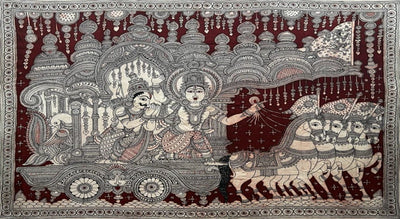

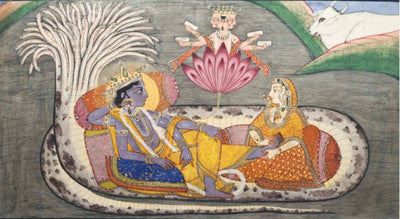
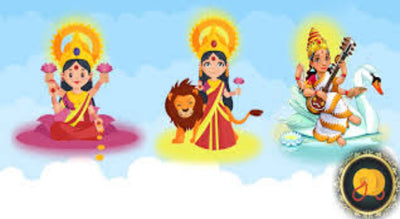
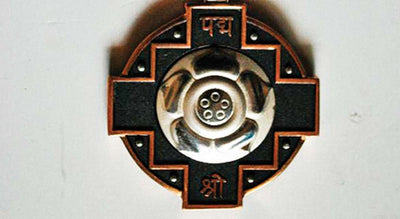
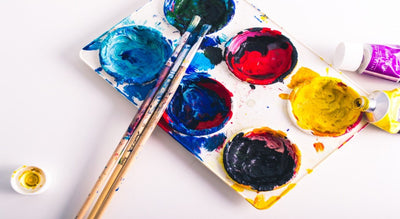
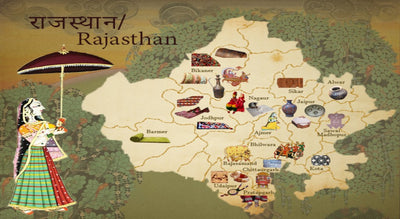
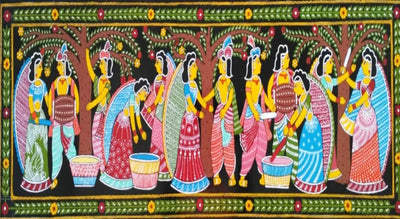
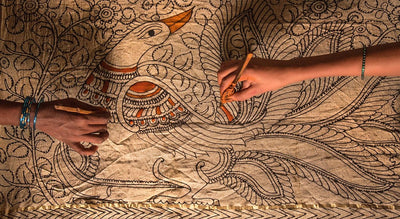

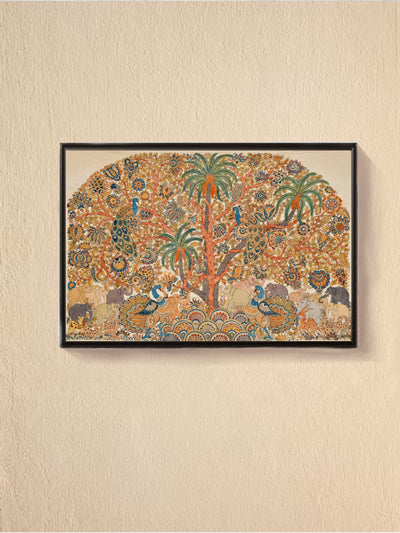







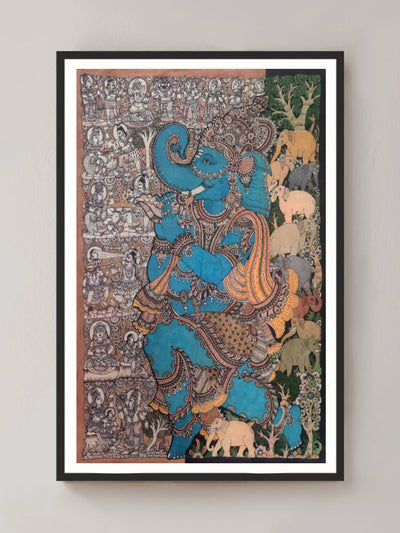








good